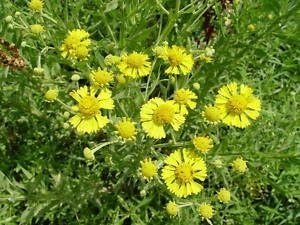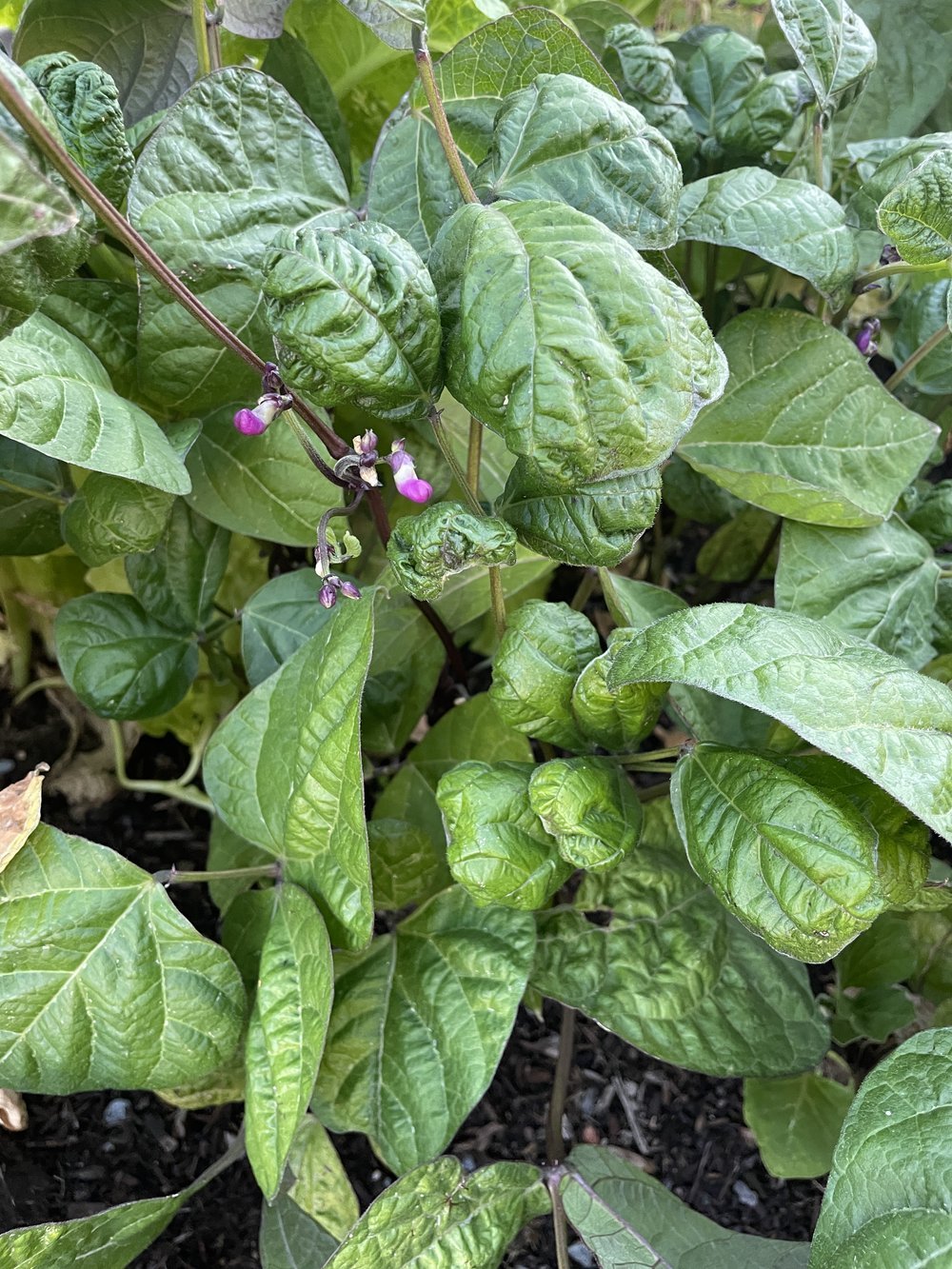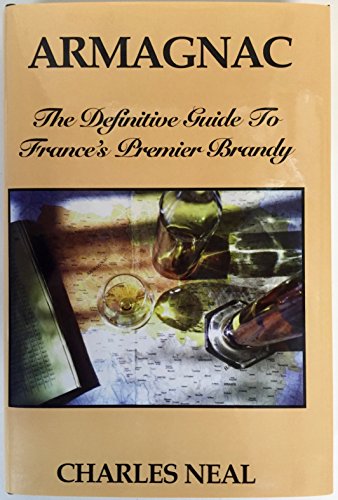Index of Farmer's Market Online® Guides
Farm Kitchen
Breads
Chocolate
Coffee
Corn
Curry
Raisins
Spices and Culinary Herbs
Tea
Good Spirits & Fine Liqueurs
Bourbon
Brandy
Gin
Rum
Tequila
Vodka
Whiskey
Home & Garden
Candles
Dough Figurines
Wreaths
In Season
Air Plants
Aloe Vera
Artichoke
Asparagus
Basil
Blackberries
Blueberries
Blood Orange
Cabbage
Catnip
Cranberries
Egyptian Walking Onions
Figs
Garlic
Grapefruit
Kale
Kohlrabi
Pawpaw
Peaches
Pecans
Peppers
Pomegranates
Pumpkin
Shelling Beans
Sour Cherries
Meats & Fish
Turkey
Nuts & Grains
Chestnuts
Plants
Air Plants
Azaleas
Bigleaf Hydrangea
Bonsai
Bronze Dutch Clover
Camellia
Carnivorous Plants
Catnip
Chestnut
Christmas Cactus
Cranberry
Easter Lily
Gentian
Heuchera
Mint
Orchids
Ornamental Cabbage
Ornamental Grasses
Pasque Flower
Pawpaws
Pinyon Pine
Poinsettia
Roseroot
Salvia
Sneezeweed
Voodoo Lily
Zinnia
Specialty Foods
Spices
Brandy
This spirit is produced by distilling fruit. The word brandy derives from the Dutch brandewijn, meaning 'burnt wine." Brandies generally contain 35%–60% alcohol by volume. Some are aged in wooden casks, some are tinted with caramel colouring to imitate aging, and other are produced using a combination of both.
This spirit is produced by distilling fruit. The word brandy derives from the Dutch brandewijn, meaning 'burnt wine."
Brandies generally contain 35%–60% alcohol by volume. Some are aged in wooden casks, some are tinted with caramel colouring to imitate aging, and other are produced using a combination of both.
Grades
Any brandy XO and higher are meant to be sipped on their own, unmixed and undiluted.
Cognac
Only brandies produced in the Cognac region in France are offcially called "cognac." They are double distilled using pot stills. They are classified by the time they've been aged in oak barrels, ranging from VS (2 years minimum) to XO (6 years minimum). Consequently, cognac is a brandy, but a brandy may not necessarily be a cognac.
Armagnac
The first distilled spirit produced in France, this brandy is made from grapes of the Armagnac region in Southwest of France (Gers, Landes, Lot-et-Garonne). It is single-continuous distilled in a copper still and aged in oak casks.
Fruit Brandy
Distilled from fruit other than grapes, fruit brandies are commonly made from apples (Calvados, Applejack), peaches, pears (Poire Williams), apricots, plums, cherries (Kirschwasser), elderberries, plums (Slivovitz), raspberries, blackberries, and more. Most are colorless and contain 40-45% alcohol by volume.
In Good Spirits
Spell brandy with 3 letters.
B, R, and Y.
Pisco
This is a strong, colorless grape brandy produced in Chile and Peru.
Recipes
Pisco Sour
The national cocktail of Peru, the predominant flavor in this spirit is the sourness of the lime juice.
3 oz. pisco
1 oz. simple syrup
1 oz. key lime juice
1 egg white
Angostura bitters (2-3 dashes)
Ice cubes
Sidecar
Originated in 1914 at Harry’s New York Bar in Venice, Italy.
Mixing glass of ice
1 1/2oz brandy
1 1/2oz rum
1/2oz triple sec
1/2oz lime juice
Shake. Strain into chilled glass.
Garnish with cherry or lime.
Brandy Alexander
A variant of a pre-1900s drink called the Alexander, which uses gin.
Mixing glass of ice
1 1/2oz brandy
1/2oz dark creme de cacao
3oz cream or milk
Shake. Pour into glass.
Brandy Crusta
Created in 1850s New Orleans, the recipe for this classic cocktail was first published in Jerry Thomas’ 1862 bartender’s guide. It is called “crusta” because the sugar rim applied before the drink is made creates a crust around the glass.
2 oz. Cognac
1 tsp. orange curaçao
1/2 tsp. fresh lemon juice
1 dash Angostura bitters
Crushed ice
Garnish: sugar on the rim of the glass, lemon curl.









